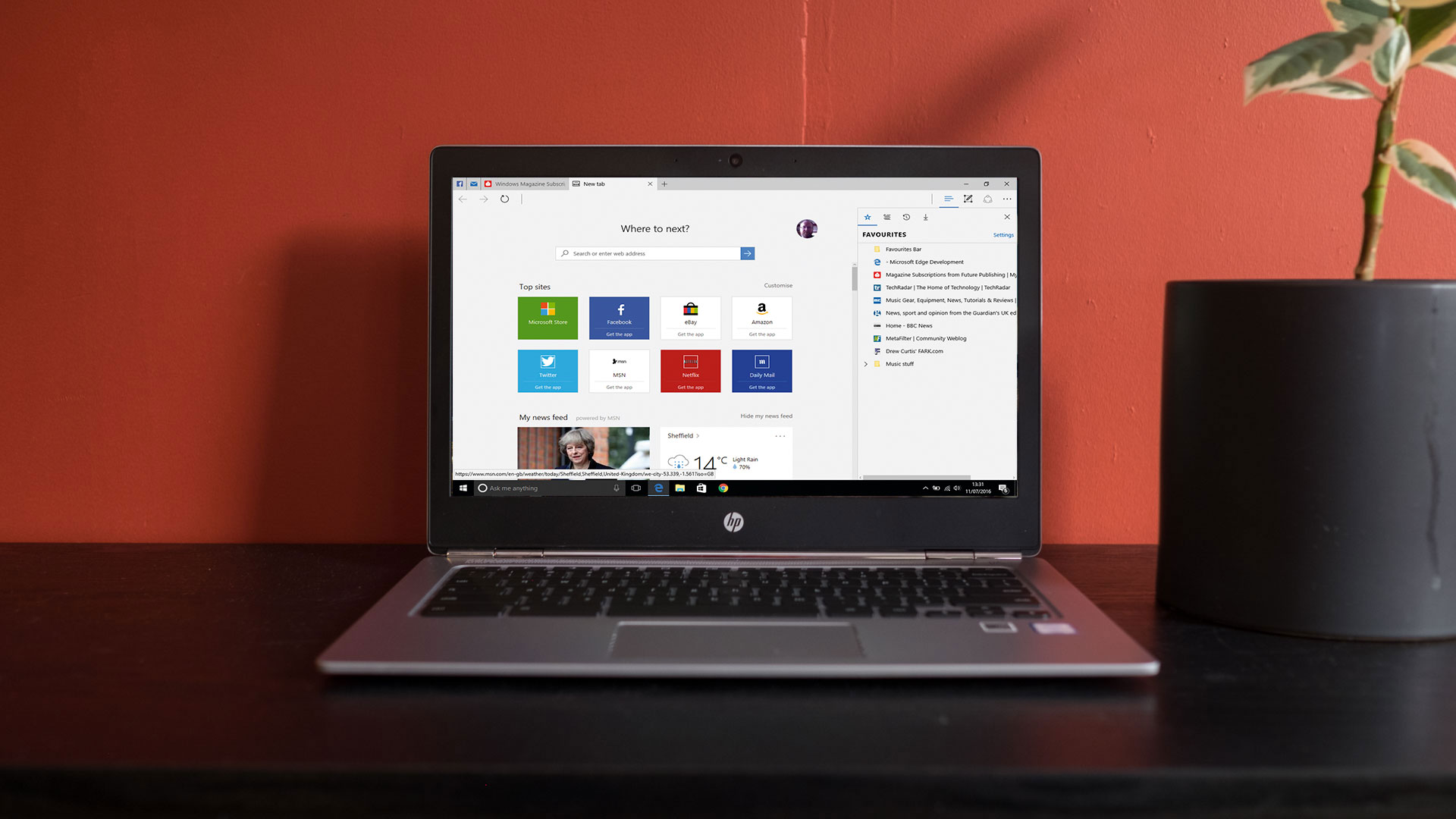Microsoft’s browsers are increasingly being shunned by web surfers
Edge and IE are flailing badly according to new statistics

Microsoft’s web browsers suffered a big drop in user share last month according to some fresh statistics, with both Internet Explorer and Edge struggling badly.
Internet Explorer has slid to 9.94% in the figures for September from Net Applications, the first time the browser has dropped below the 10% mark.
Edge isn’t doing much better, and when you add the market share of Windows 10’s browser to the IE figure the combined total is only 14% – a drop of 1.1% compared to August.
Indeed, as Computerworld (which spotted these figures) notes, the combined share of 14% is actually a record low for Microsoft in this century. Not good news indeed. For some perspective, Google’s Chrome browser is on 66.3%, having gained a percentage point in the last month.
The decline for Internet Explorer is to be expected, given that Microsoft is pushing it aside, and trying to drive adoption for Edge. However, Edge is only on Windows 10, and that still doesn’t represent the majority of PCs out there (indeed it’s still behind Windows 7 going by one analytics firm’s figures).
Edge of the cliff
But even when you consider Windows 10 systems in isolation, Net Applications estimates that only 10.9% of users browse the web with Edge – and worryingly for Microsoft, that represents a 0.5% drop since the previous month.
That said, Windows 10’s October 2018 Update will likely be shown off at Microsoft’s press event on October 2, and we could possibly see the rollout of the big update begin as well.
Sign up for breaking news, reviews, opinion, top tech deals, and more.
And this fresh version of Windows 10 contains a good number of enhancements to the Edge browser, with Microsoft working hard to turn the tide and finally get those adoption figures trending upwards rather than slipping.
Improvements include the browser finally ditching passwords to support more secure biometric logins, along with fine-tuning of the menus and interface in general – making it easier to organize groups of tabs you’ve set aside in Edge, for example – and fixing issues like the inability to handle big (4GB-plus) downloads.
However, some of these measures – particularly the latter – are things that should have already been implemented, and part of the reason Edge is struggling is due to the fact that it’s still seen as not fully finished in some respects.
Microsoft needs to change that perception – and quickly, it would seem.
- Surf the web in style on one of our best laptops
Darren is a freelancer writing news and features for TechRadar (and occasionally T3) across a broad range of computing topics including CPUs, GPUs, various other hardware, VPNs, antivirus and more. He has written about tech for the best part of three decades, and writes books in his spare time (his debut novel - 'I Know What You Did Last Supper' - was published by Hachette UK in 2013).